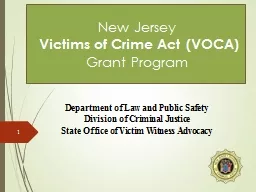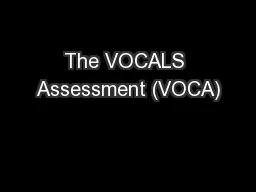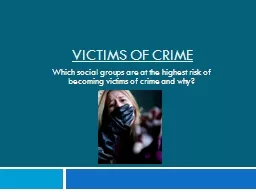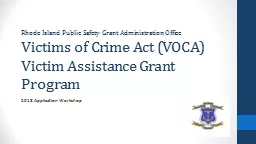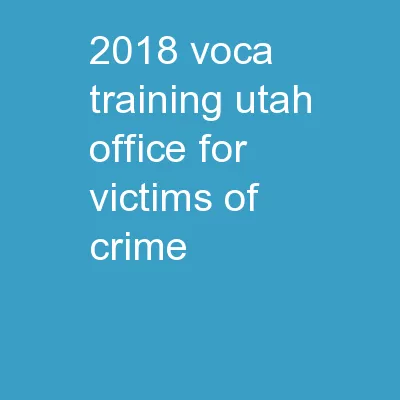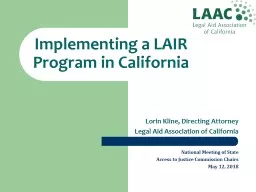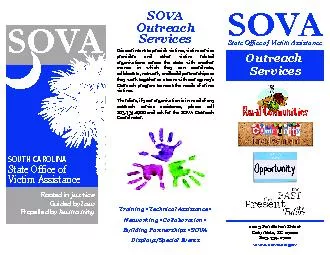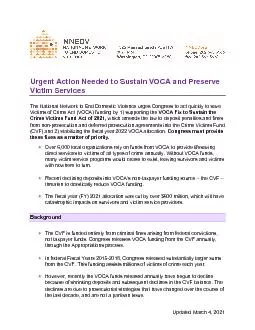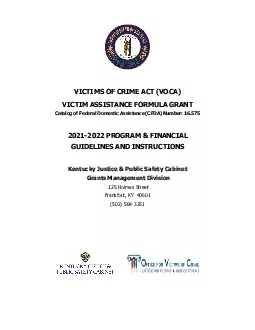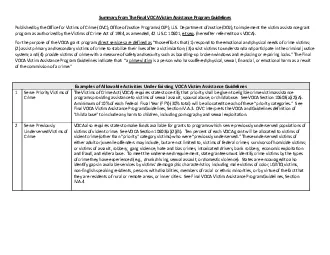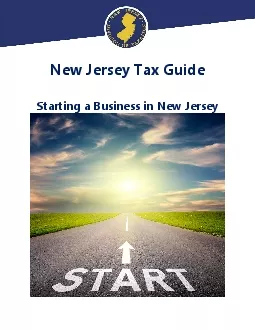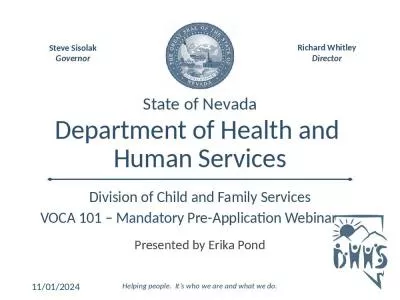PPT-New Jersey Victims of Crime Act (VOCA)
Author : alexa-scheidler | Published Date : 2019-12-18
New Jersey Victims of Crime Act VOCA Grant Program 1 Department of Law and Public Safety Division of Criminal Justice State Office of Victim Witness Advocacy 2 Agenda
Presentation Embed Code
Download Presentation
Download Presentation The PPT/PDF document "New Jersey Victims of Crime Act (VOCA)" is the property of its rightful owner. Permission is granted to download and print the materials on this website for personal, non-commercial use only, and to display it on your personal computer provided you do not modify the materials and that you retain all copyright notices contained in the materials. By downloading content from our website, you accept the terms of this agreement.
New Jersey Victims of Crime Act (VOCA): Transcript
Download Rules Of Document
"New Jersey Victims of Crime Act (VOCA)"The content belongs to its owner. You may download and print it for personal use, without modification, and keep all copyright notices. By downloading, you agree to these terms.
Related Documents

